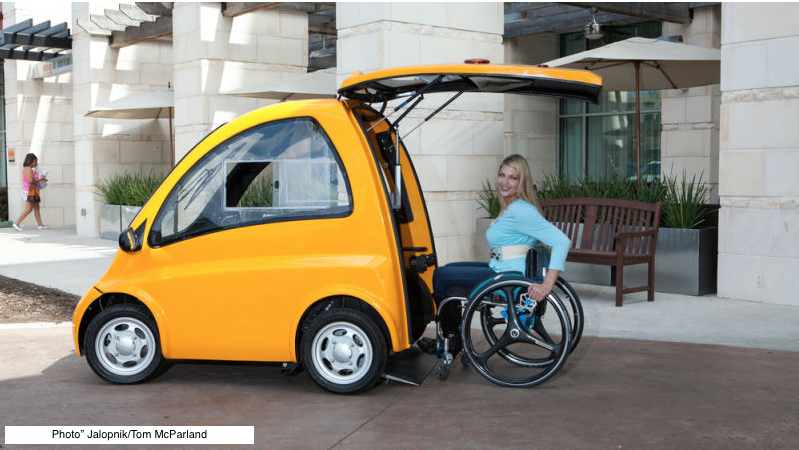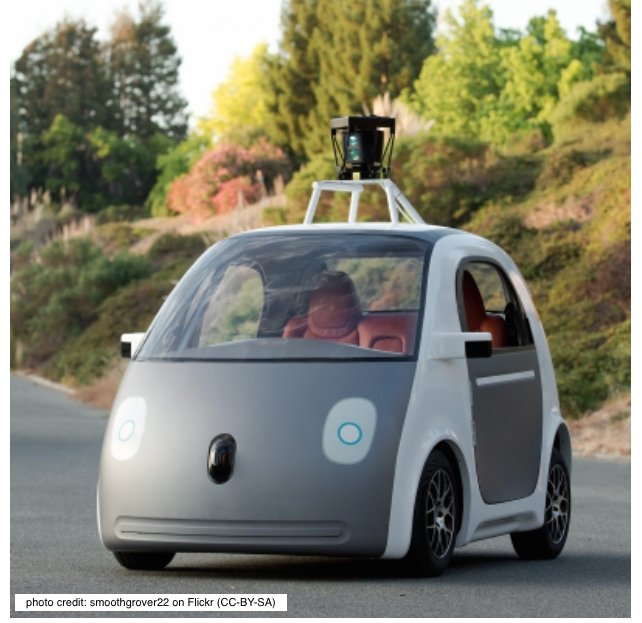Comment on Youtube https://www.youtube.com/watch?v=XEebyt6G5kM
Like any service under development, there is a risk that unless disabled people are involved early on, questionable assumptions about what they can or want to do are made; for example, in this an article on the driverless cars in the Huffington Post: “For obvious reasons, those with physical disabilities often cannot learn to drive cars, but it also extends to those with mental incapacities; for example, those with epilepsy” (5).
The key must surely be early involvement of disabled people not only in technical design of autonomous vehicles themselves but also in the planning of the whole service model, so that an ‘inclusive design’ approach is taken at the outset. While it is encouraging that projects like GATEway have begun to explore this area (6), there was no discussion of the impact of AVs on disabled people in the UK Department of Transport’s Pathway to driverless cars published last month (7). There is, as the Ruderman Foundation concluded last year, “an urgent need to develop a common agenda at the intersection between autonomous vehicles and disability policy” (8). This requires much clearer and more transparent engagement at all levels between disabled people, technical and regulatory agencies in both the public and private sectors.
1) Driverless cars: the road ahead is difficult, NESTA, July 2016
2) Driverless driving for disabled people within the decade? Robin Christopherson, June 2016
3) Understanding why some people do not use buses, Scottish Government Social Research 2010
4) Importance of safe pedestrian environments to ensure older people travel with confidence. Musselwhite, C, October 2016
5) Huffington Post, January 2017
6) GATEway demonstrates how teleoperation and autonomy can improve mobility for disabled drivers, GATEway, January 2017
7) Pathway to driverless cars, DfT January 2017
8) Ruderman Family Foundation, January 2017


 RSS Feed
RSS Feed
